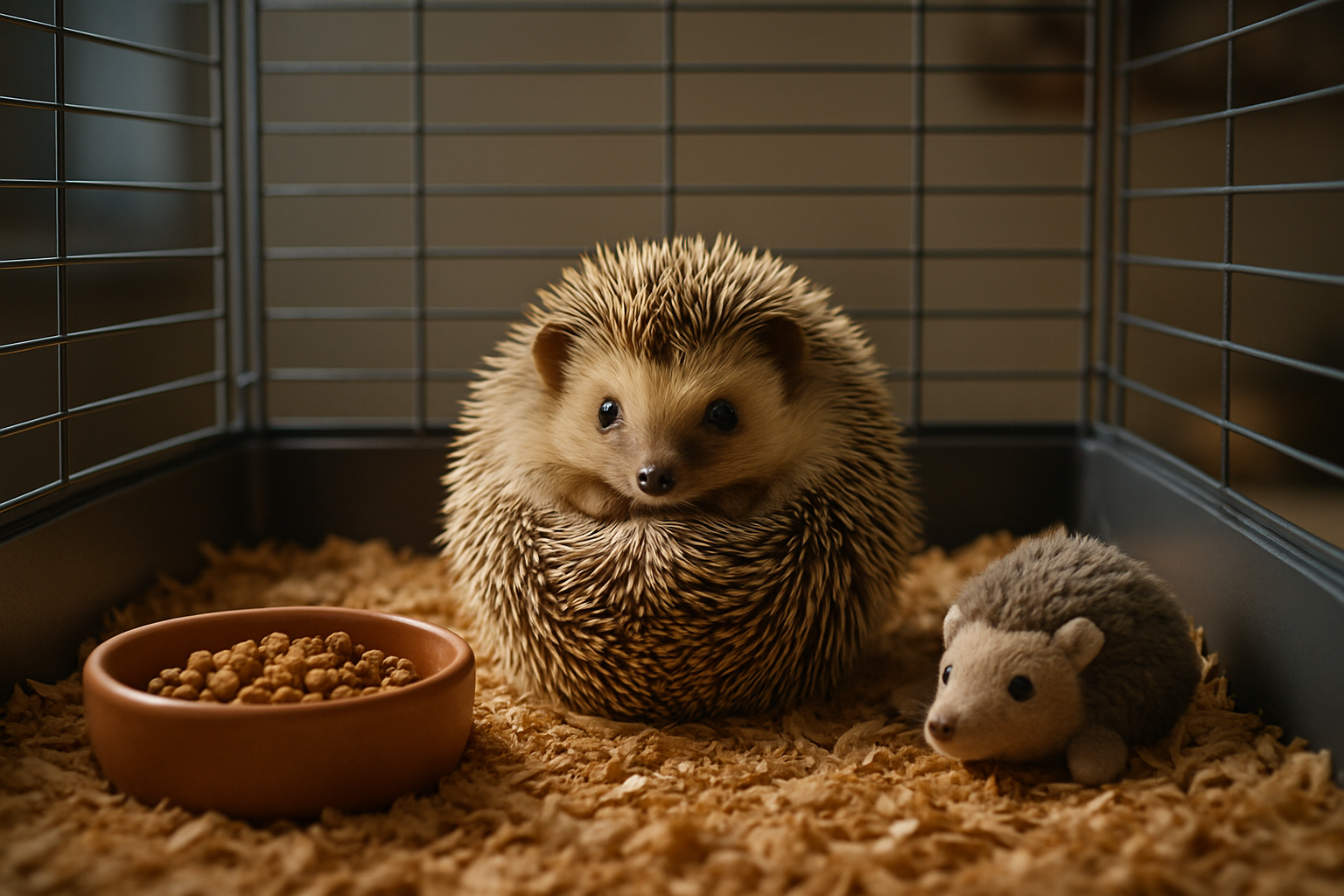Biohacking Your Microglial Cells: The Brain's Hidden Guardians
Are you ready to unlock the secrets of your brain's immune system? Imagine tapping into a network of microscopic warriors that could revolutionize your cognitive health. Welcome to the cutting-edge world of microglial cell biohacking, where science meets self-optimization to enhance your brain's natural defenses.

The concept of microglial biohacking is rooted in the pioneering work of Spanish neuroscientist Santiago Ramón y Cajal, who first described glial cells in the late 19th century. However, it wasn’t until the 1920s that Pío del Río-Hortega identified microglia as a distinct cell type. For decades, these cells were considered mere support structures in the brain. The paradigm shift occurred in the 1990s when researchers discovered microglia’s dynamic nature and their crucial role in brain health and disease.
The Microglial Renaissance
Modern neuroscience has ushered in a microglial renaissance, revealing these cells as key players in brain plasticity and cognition. Microglia are now recognized as the brain’s first line of defense against pathogens, toxins, and cellular debris. They also play a vital role in synaptic pruning, the process by which unnecessary neural connections are eliminated to optimize brain function.
Recent studies have shown that microglial activity is closely linked to cognitive performance, memory formation, and even emotional regulation. This newfound understanding has sparked interest in developing strategies to modulate microglial function for enhanced brain health and performance.
Biohacking Principles for Microglial Optimization
The emerging field of microglial biohacking focuses on leveraging lifestyle interventions and cutting-edge technologies to optimize these cellular guardians. Here are some evidence-based strategies that show promise:
Nutritional Interventions
Researchers have identified specific nutrients that can influence microglial function. Omega-3 fatty acids, particularly DHA, have been shown to promote a neuroprotective microglial phenotype. Polyphenols found in berries and green tea demonstrate potential in modulating microglial activation, potentially reducing neuroinflammation.
Curcumin, the active compound in turmeric, has garnered attention for its ability to regulate microglial activity. Studies suggest that curcumin may help maintain microglial balance, preventing overactivation that can lead to chronic inflammation in the brain.
Exercise: The Microglial Workout
Physical activity isn’t just for your muscles; it’s a powerful modulator of microglial function. Regular exercise has been shown to promote a neuroprotective microglial phenotype, enhancing their ability to clear cellular debris and support neuroplasticity.
High-intensity interval training (HIIT) has emerged as a particularly effective method for boosting microglial health. Research indicates that HIIT can increase the production of brain-derived neurotrophic factor (BDNF), a protein that supports microglial function and overall brain health.
Stress Management and Microglial Balance
Chronic stress can lead to microglial overactivation, potentially contributing to neuroinflammation and cognitive decline. Mindfulness practices, such as meditation and deep breathing exercises, have shown promise in modulating the stress response and promoting microglial homeostasis.
Emerging research suggests that practices like yoga and tai chi may have beneficial effects on microglial function through their combined impact on stress reduction and gentle physical activity.
Sleep: The Ultimate Microglial Refresh
Quality sleep is crucial for microglial health. During sleep, the brain’s glymphatic system—a recently discovered waste clearance mechanism—becomes highly active. This process, facilitated by microglia, helps clear potentially harmful proteins and metabolic byproducts from the brain.
Optimizing sleep hygiene and addressing sleep disorders may be one of the most effective ways to support microglial function and overall brain health.
Technological Frontiers in Microglial Biohacking
As our understanding of microglia deepens, innovative technologies are emerging to directly influence these cells:
-
Transcranial magnetic stimulation (TMS) shows potential in modulating microglial activity, with early studies suggesting benefits for conditions like depression and neurodegenerative diseases.
-
Photobiomodulation, using specific wavelengths of light, is being explored for its ability to influence microglial activation and support neuroprotection.
-
Neurofeedback techniques are being developed to potentially train individuals to modulate their own microglial activity through real-time brain imaging.
Microglial Mastery: Key Insights
-
Microglia respond positively to a diet rich in omega-3 fatty acids and antioxidants
-
Regular exercise, especially HIIT, can enhance microglial function and neuroplasticity
-
Stress reduction techniques like meditation may help maintain microglial balance
-
Prioritizing quality sleep is crucial for optimal microglial performance
-
Emerging technologies offer exciting possibilities for direct microglial modulation
As we continue to unravel the mysteries of microglial cells, the potential for enhancing cognitive health through targeted biohacking strategies becomes increasingly apparent. By embracing a holistic approach that combines nutrition, exercise, stress management, and cutting-edge technologies, we can empower these microscopic guardians to safeguard our brain health and unlock new frontiers in cognitive optimization.





